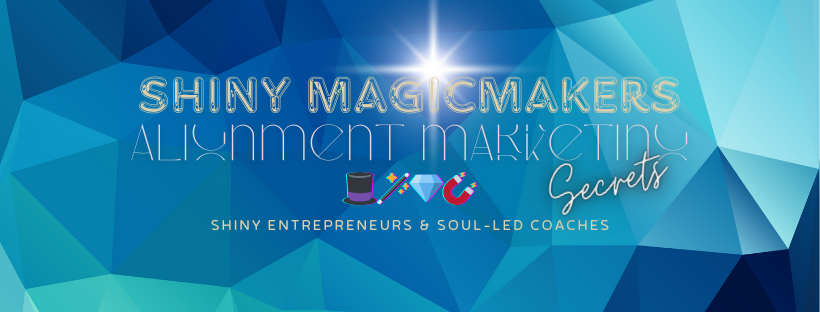Book Forward
Since finishing my degree in psychology and beginning a career in ADHD coaching, I’ve been looking back on my life with much more clarity. I now see the effects of the invisible conditions that haunted my family: bipolar disorder, ADHD, schizophrenia, depression and anxiety. I can’t say I didn’t know about them, I just never gave them full credit for their impact. We had looked, by all accounts, like a typical, “normal”, American family of four, complete with a cat, but I never did feel normal. In fact, quite the opposite, I always felt different from them and from my friends. Being neurotypical in a home full of ADHD isn’t easy.
I guess many of the ideas I’ve held about my family were misperceptions because I was coping within a lot of dysfunction, but these ideas were based off of living with legitimate symptoms of everyone’s invisible conditions. My father had ADHD and bipolar disorder and suffered from chronic depression leading to his eventual suicide. My mother had crippling rheumatoid arthritis, which over decades made her grouchy and irritable, sadly forcing her to live out her last years as a bedridden invalid with dementia, and then there is my sister. She has ADHD and chronic anxiety.
A few years ago, my sister shared stories of her childhood anxiety and panic attacks, all of which, I had no idea; our parents never discussed it with me. It was 2010 and my sister was telling me that she had just been diagnosed with ADHD. While learning what it was and how it affects her, I had an epiphany; we are all wired differently! One’s biology explains a lot of their behaviors, as well as the reactions to those behaviors from those who love them most. By beginning to understand her, I also learned a lot about me. It was the beginning of a crazy journey where I discovered how to see her in a new better way. I learned how to see in ADHD.
I want to share my story because I’ve learned a lot, experienced a lot, and know I’m not alone. I want others to know that we’re in this together. Often times, so much emphasis is placed on the person with ADHD, and how to manage it, that for the others involved, those who live with and love them, well, we are pretty much left to figure things out on our own. For us it’s kind of like, “What the #$% is going on?” as we continue to not understand why the person with ADHD is still doing what they are doing, even after a diagnosis, or medication. There is no rulebook written on how to engage effectively in a way that is positive and nurturing for our relationships.
There is also a lot of mixed information out there to sort through, specifically on ADHD. Some is great, new, valid discoveries, but a lot of bad, either outdated, or just made-up information gets mixed in. This is the type that seems to be churned out for public consumption only to make a few scam artists a buck. For Joe Public, it can be frustrating to know which is which. To make matters more confusing, even the accurate information is often wrapped in neuro-scientific jargon, making it difficult for simply anyone and everyone to grasp. So, I’m sharing what I’ve learned; both formally and through personal experience, translating it all into easy-to-understand language and offering real life examples. Hopefully, everyone will learn to see in ADHD, as I have, so that, collectively we can all make the judgments and prejudice against those with it finally disappear.

